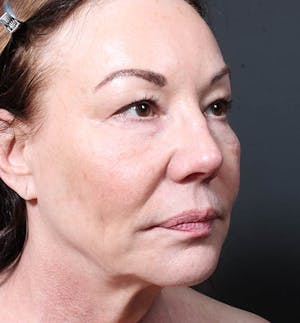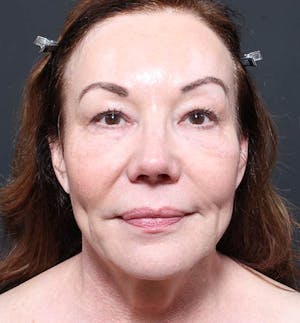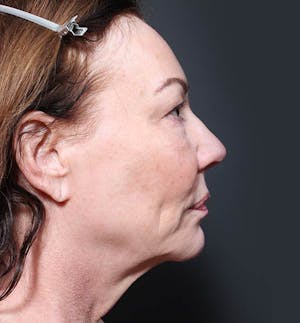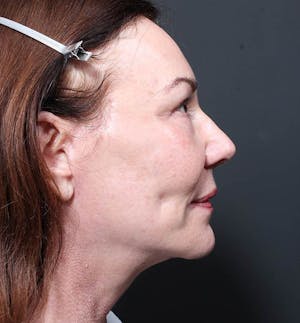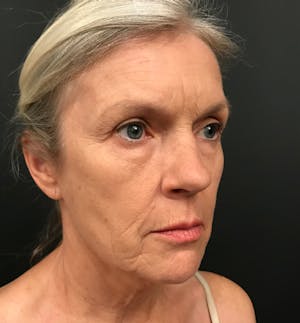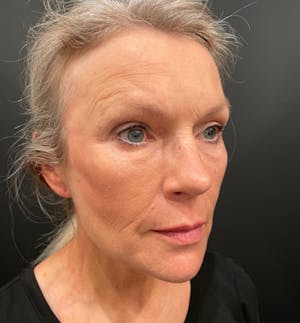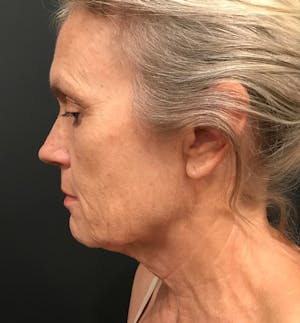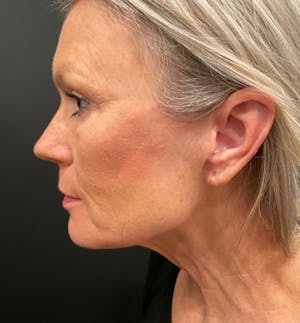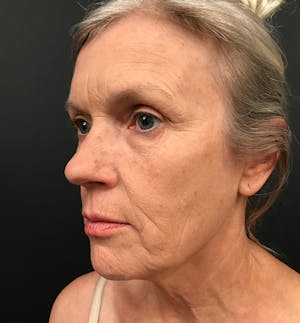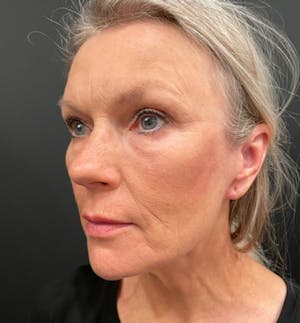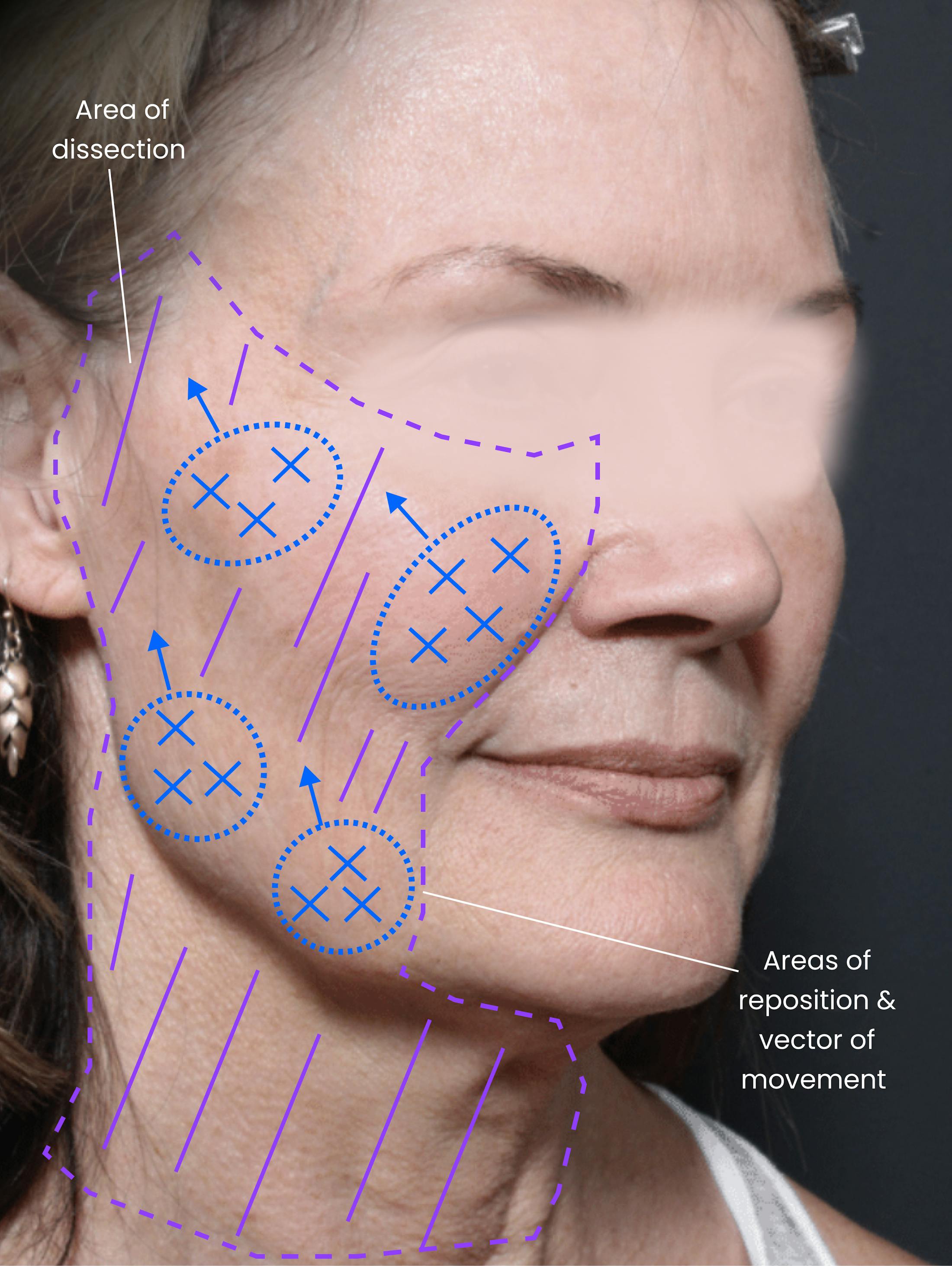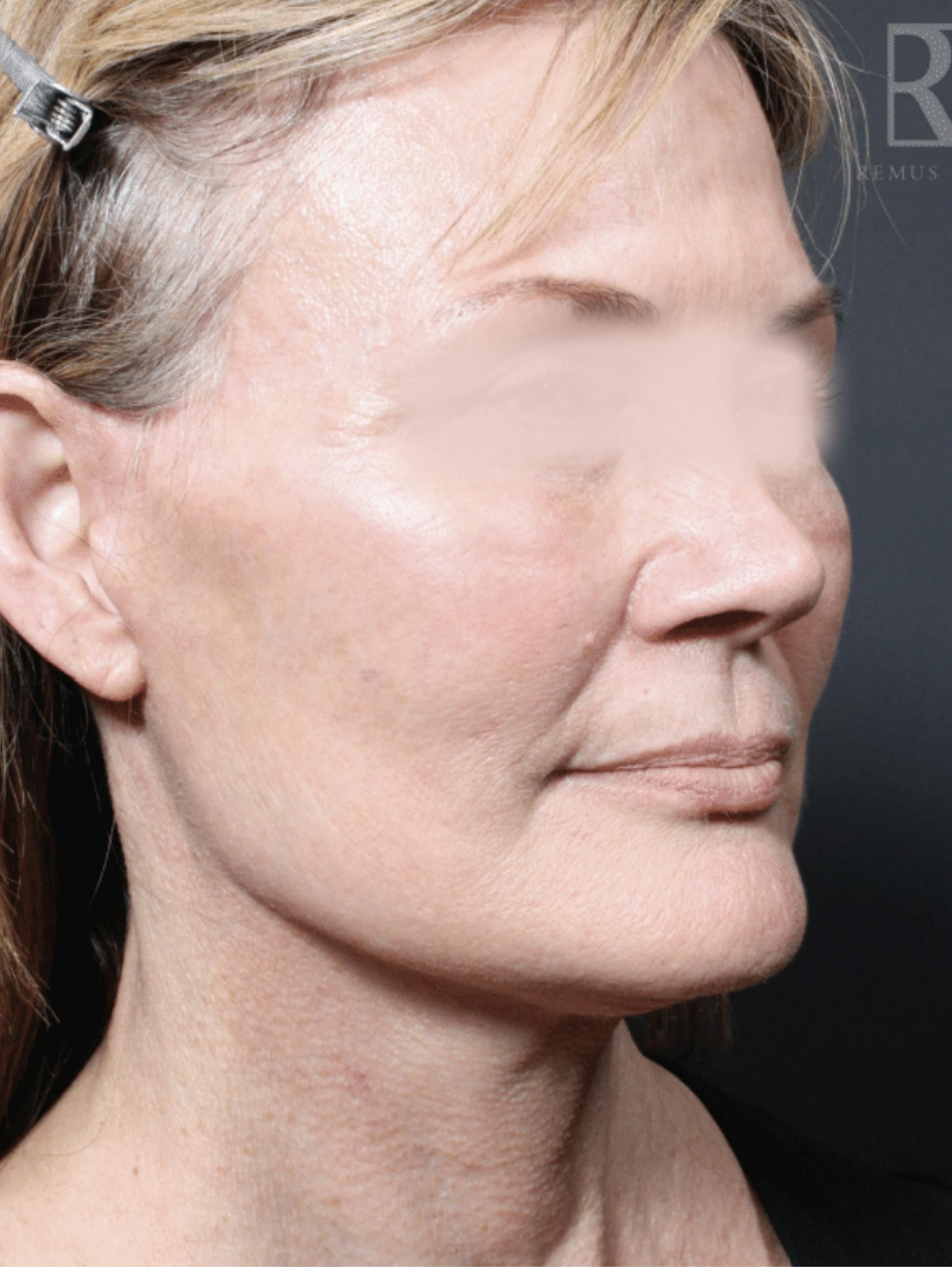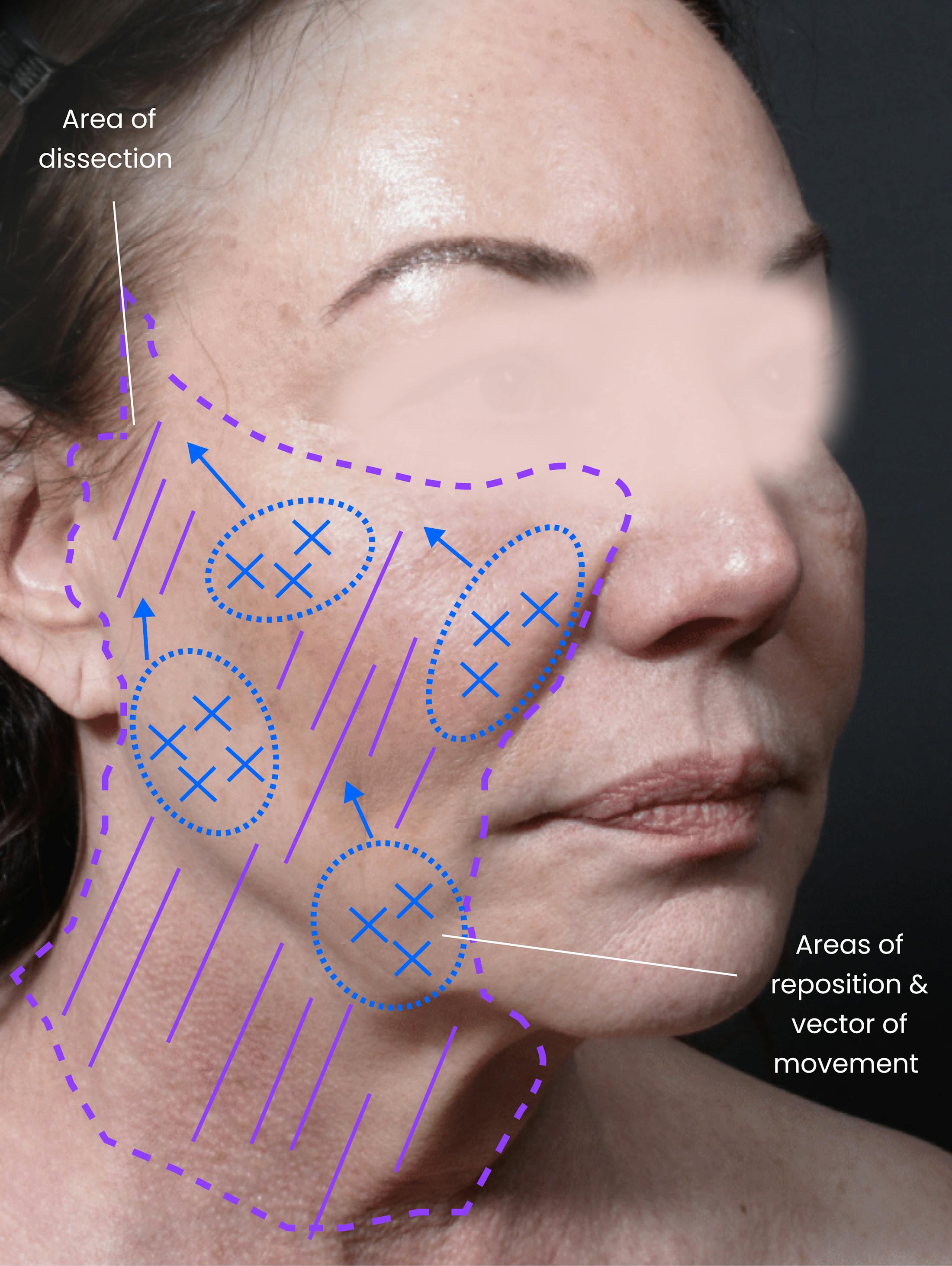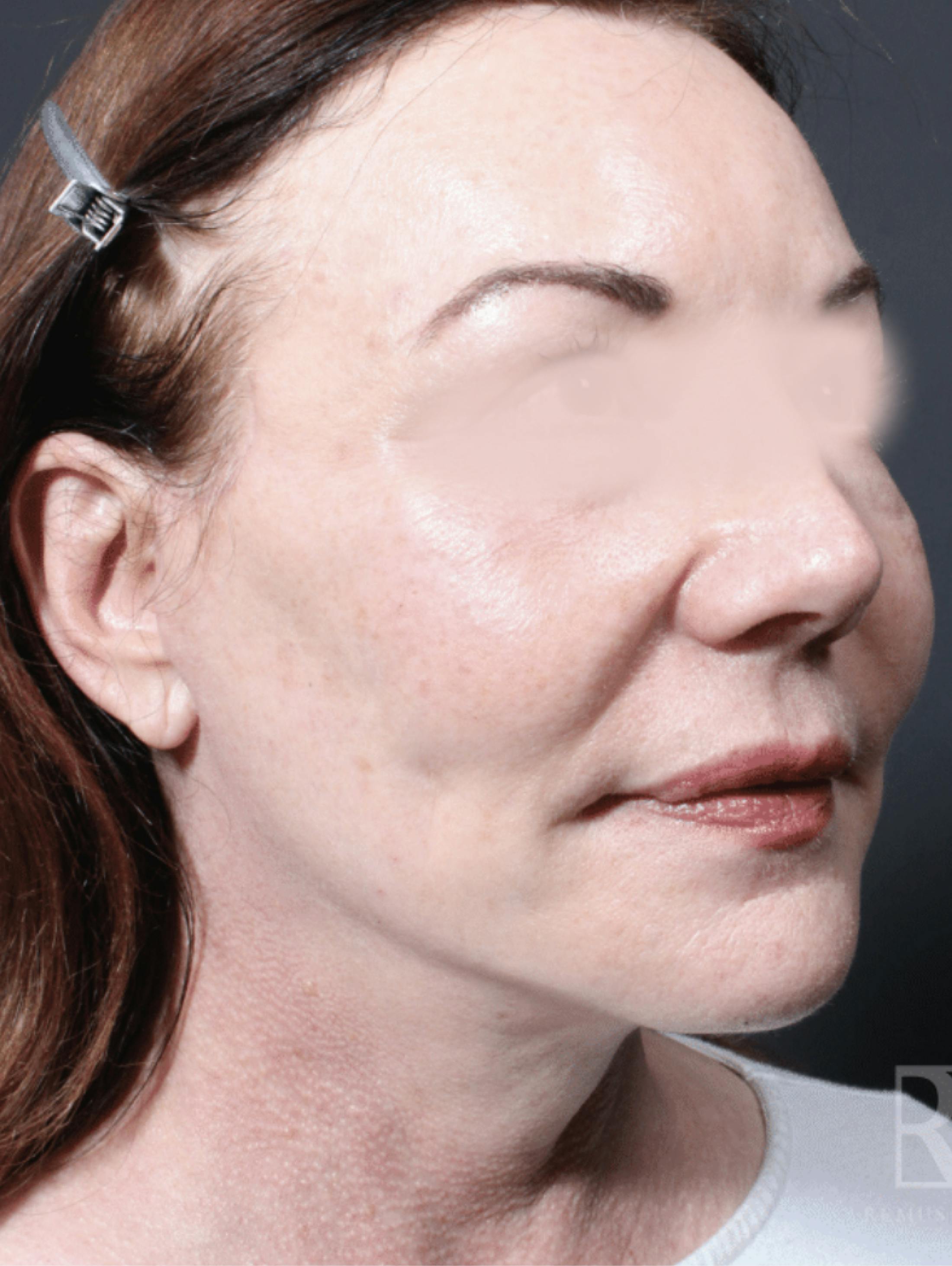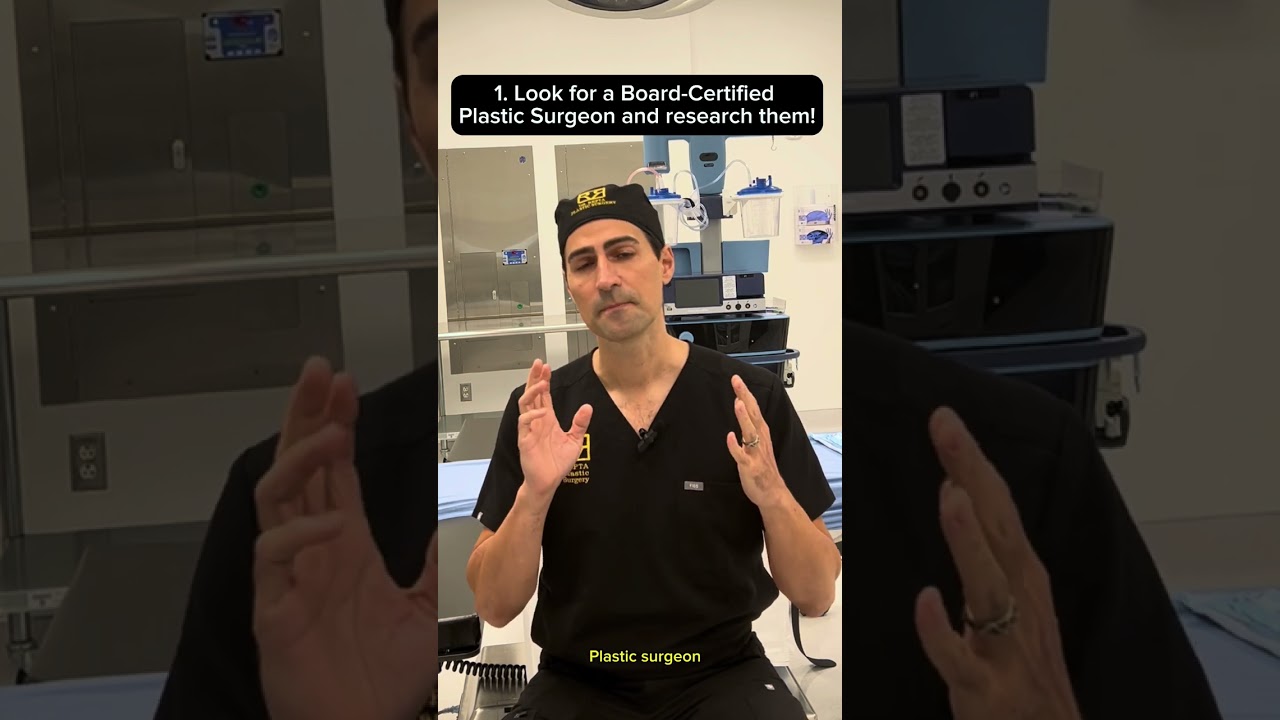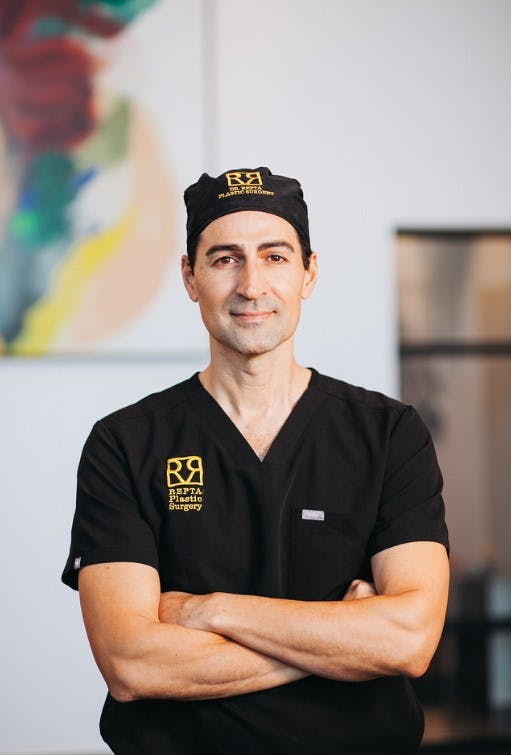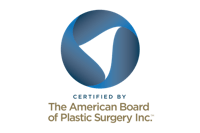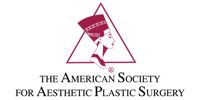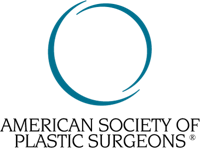As the face ages, several frustrating concerns may arise, including sagging skin, frown lines, and jowls. For many patients, these changes cause distress and self-consciousness. Facelift surgery has long been considered the gold standard when it comes to comprehensive rejuvenation. Dr. Repta in Scottsdale delivers beautiful, nuanced results that are finely curated with the individual’s wishes and goals in mind.
This patient desired to refresh and rejuvenate her face and neck. Her goal was to look rested, vibrant, and natural. To accomplish her goal we performed a face lift, neck lift, and eyelid lift. She is shown here eight months after her surgery with good contour, natural results, and well concealed incisions.
This patient desired to refresh and rejuvenate her face and neck. Her goal was to look rested, vibrant, and natural. To accomplish her goal we performed a face lift, neck lift, and eyelid lift. She is shown here eight months after her surgery with good contour, natural results, and well concealed incisions.
This patient desired to refresh and rejuvenate her face and neck. Her goal was to look rested, vibrant, and natural. To accomplish her goal we performed a face lift, neck lift, and eyelid lift. She is shown here eight months after her surgery with good contour, natural results, and well concealed incisions.
Our wonderful patient shown here wanted to achieve a refreshed look and was worried about looking 'fake' or 'operated'. To help refresh and rejuvenate her appearance we performed a face-lift and neck-lift to help clean up the jawline and lessen the weight and width of the bottom third of her face around the mouth. We also performed fat transfer in the cheek and under-eye area to help replenish the volume lost in that area from aging. She is shown here at six months following her procedures.
Our wonderful patient shown here wanted to achieve a refreshed look and was worried about looking 'fake' or 'operated'. To help refresh and rejuvenate her appearance we performed a face-lift and neck-lift to help clean up the jawline and lessen the weight and width of the bottom third of her face around the mouth. We also performed fat transfer in the cheek and under-eye area to help replenish the volume lost in that area from aging. She is shown here at six months following her procedures.
Our wonderful patient shown here wanted to achieve a refreshed look and was worried about looking 'fake' or 'operated'. To help refresh and rejuvenate her appearance we performed a face-lift and neck-lift to help clean up the jawline and lessen the weight and width of the bottom third of her face around the mouth. We also performed fat transfer in the cheek and under-eye area to help replenish the volume lost in that area from aging. She is shown here at six months following her procedures.


